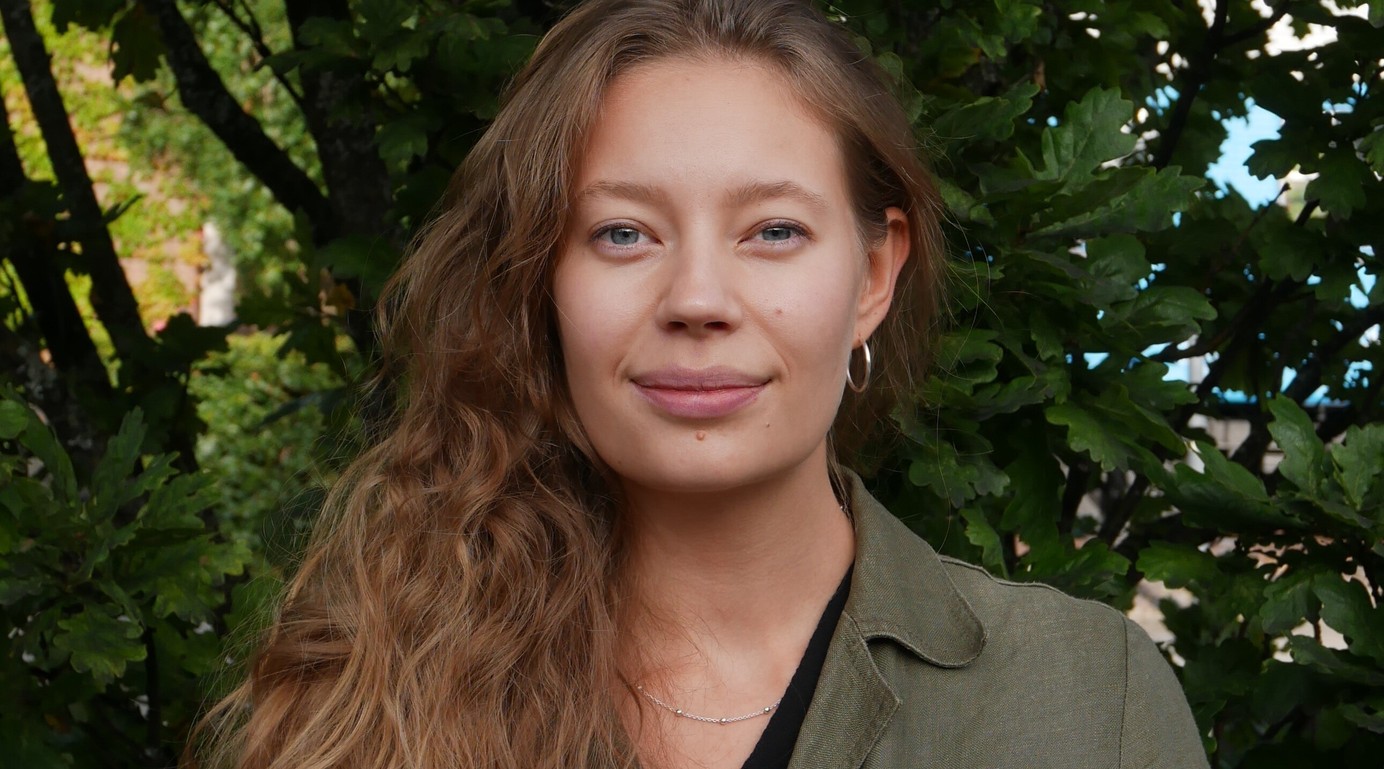Circularity is all about preserving value

Circularity is a wide concept covering design, product life extension, and resource recovery. Sandvik contributes to a circular society – and helps its customers contribute too.
Sandvik is committed to playing a part in building a global economy based on circular business models. “By minimizing waste and finding new ways to keep our materials and products within closed loops, we can reduce carbon emissions and bring environmental benefits,” says Tove Jensen, Circularity Expert within Sandvik Machining Solutions.

Sandvik aims to achieve at least 90 percent circularity for products, packaging, and waste by 2030. “We are building circularity and resource efficiency into our business in many different ways, and we help customers and suppliers do the same,” says Jensen.
Circularity is all about value, she adds. “The essence of the circular economy is preserving the value Sandvik has created and circulate our products and materials at their highest value, as long as possible.”
A broader view of circularity
Many of us probably equate circularity with recycling and do our part by returning empty cans and bottles. Industrial companies, such as Sandvik however, can make a major impact and take a leading role in the transition from a linear to circular society.
At Sandvik, circularity is much more than recycling. It covers areas such as design, sourcing, use, and resource recovery. While recycling is obviously very important, reuse or refurbishment is the preferred choice, if possible, according to Jensen.
Enhancing resource efficiency
Services such as tool management and reconditioning are two ways to increase resource efficiency and save money for customers. “With reconditioning, we can bring our tools back to their original quality, several times. This is an example of how we extend our products’ lifecycle, before recovering the material,” says Jensen. "With our customers’ process in focus, we bring our engineering competence, solutions, and products all together to help them become more sustainable.”
Sustainable packaging solutions
Circularity not only applies to products, but also to the packaging the products are delivered in. ”We are currently exchanging the material used in our product packaging, from virgin to recycled and recyclable material, and we are exploring the future of our packaging solutions together with partners in our value chain,” says Jensen.
Designing tools for longer lifespans, refurbishment, reuse and easy recyclability is crucial to circularity.
“A circular economy begins at the design stage,” Jensen says. “How can we design our products to last as long as possible and contain more recycled content? How do we guide users on how to optimize the use of our products to reduce energy consumption and improve resource efficiency? These are some of the issues we address in the design process.”
Improved usage through traceability
Information and data sharing are also essential for sustainability and circularity. “Traceability is an important enabler to reduce underutilized tool capacity and maximize tool life,” says Jensen. “It helps us and our customers make the right decision at the right time, for example, regarding what cutting data to use or when it’s time for reconditioning.”
Data-driven solutions for circular advancement
Sandvik has introduced laser marked data matrix codes on products such as inserts and round tools. With data matrix codes on products, Sandvik can accelerate its efforts to become more circular. The recycling process can be optimized through better sorting techniques and automation, and increased traceability can put tools that are in perfectly good shape, but collecting dust on workshop shelves, to better use with the help of tool management solutions.
“Circularity, in all its dimensions, isn’t just essential, but a true game changer for the world,” says Jensen.